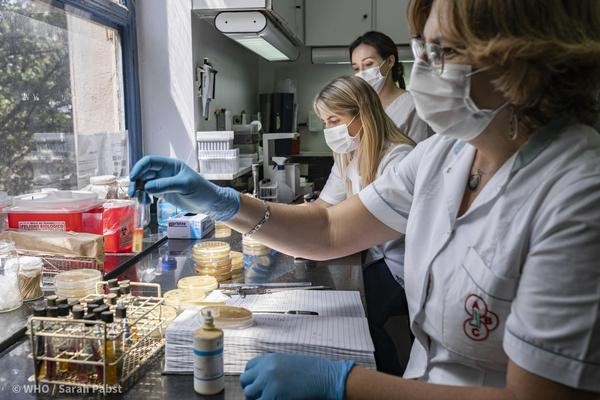Free Courses Sale ends Soon, Get It Now


Free Courses Sale ends Soon, Get It Now



Source: CIDRAP
Disclaimer: Copyright infringement not intended.
Context
Details
Categories and Criteria
Critical Priority Pathogens
Characteristics
Key Pathogens
High Priority Pathogens
Characteristics
Key Pathogens
Medium Priority Pathogens
Characteristics
Key Pathogens
Notable Changes and New Additions
New Additions
Notable Removals
Implications
Public Health and R&D
Investment and Strategy
WHO Recommendations
Sources:
|
PRACTICE QUESTION Q. The updated Bacterial Pathogens Priority List by the WHO underscores the urgent need for global action to combat antibiotic resistance. Comment. (150 Words) |
© 2024 iasgyan. All right reserved